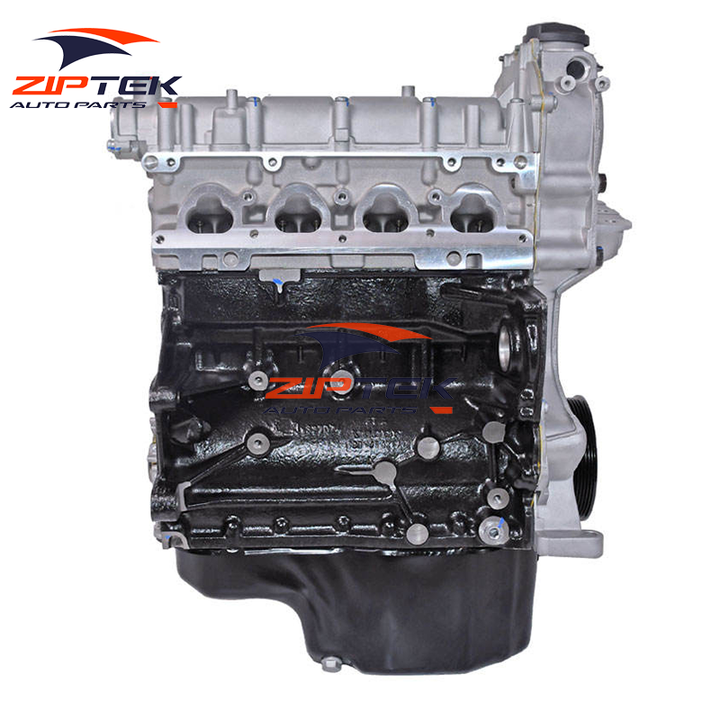Prevent operational issues with a well-tuned clp engine.
Wiki Article
How a Clp Engine Can Improve Effectiveness in Numerous Industries
The arrival of CLP engines marks a significant shift in functional effectiveness throughout various sectors, driven by their ability to optimize fuel consumption and minimize downtime. Industries such as production and logistics stand to get substantially from their robust layout and constant power output, which promise to improve operations and improve productivity. As organizations significantly focus on sustainability along with efficiency, the duty of CLP engines ends up being much more important. What continues to be to be seen is just how these improvements will form the future landscape of industrial operations and their influence on broader financial fads (clp engine).Summary of CLP Engines
CLP engines, or Continual Liquid Propellant engines, stand for a substantial innovation in propulsion innovation, particularly for area applications. These engines make use of a constant feed system that enables the continual expulsion of propellant, leading to enhanced efficiency and performance contrasted to traditional solid or hybrid propulsion systems. By keeping a continuous flow of liquid propellant, CLP engines can accomplish more specific thrust control, which is essential for maneuvering spacecraft in numerous objective situations.The style of CLP engines incorporates sophisticated materials and innovative fuel management systems. clp engine. This causes decreased weight and raised reliability, vital aspects for long-duration area objectives. The constant operation reduces the risk of burning instability, a common obstacle in conventional rocket engines.

Advantages in Production
The manufacturing of Constant Liquid Propellant (CLP) engines presents several remarkable benefits that enhance both performance and cost-effectiveness. Among the main advantages is the streamlined manufacturing process, which reduces the intricacy related to conventional propulsion systems. By utilizing fluid propellant, suppliers can accomplish better accuracy in engine performance, leading to enhanced energy outcome and lowered waste.Furthermore, CLP engines promote a greater degree of modularity, enabling much easier combination into numerous manufacturing lines. This adaptability can significantly reduce lead times and boost general operational adaptability. Making use of CLP technology likewise tends to decrease the requirement for substantial maintenance as a result of fewer relocating parts, which converts into lowered downtime and operational expenses.

Applications in Logistics
Leveraging Constant Fluid Propellant (CLP) engines in logistics uses considerable benefits in functional effectiveness and dependability. These engines supply a durable option for different transportation requirements, allowing the seamless motion of products across large distances. The integral style of CLP engines permits consistent power result, which equates into smoother and more foreseeable transport routines.Among the vital applications of CLP engines in logistics remains in durable freight transportation, where they can drive both ground and airborne automobiles. Their capability to maintain high efficiency under differing tons conditions ensures that distribution timelines are satisfied, consequently enhancing customer satisfaction. In addition, CLP engines can be incorporated into automated logistics systems, helping with real-time tracking and optimizing course planning.
Moreover, the resilience of CLP engines reduces upkeep downtime, allowing logistics firms to optimize their functional capabilities. This is specifically helpful in warehousing operations, where performance in dealing with and transporting items is crucial. As logistics proceeds to develop, the integration of CLP engines stands for a forward-thinking method that not just improves efficiency but likewise sustains the market's expanding demands for integrity and speed.
Influence on Energy Effectiveness
Just How do Continuous Fluid Propellant (CLP) engines boost energy effectiveness in transportation? CLP engines use a regular circulation of liquid fuel, maximizing combustion procedures and maintaining a steady drive output. This layout lessens energy losses related to standard combustion engines, where fuel shipment can differ and lead to inadequacies.The constant operation of CLP engines permits a much more efficient thermal cycle, causing higher details impulse compared to traditional engines. clp engine. This converts to reduced fuel consumption for the exact same quantity of job done, significantly lowering functional costs across different transport markets, consisting of aeronautics and maritime sectors
Moreover, the ability of CLP engines to maintain optimal performance under varying tons conditions decreases the requirement for regular acceleration and deceleration, better boosting fuel efficiency. Enhanced energy performance not just adds to cost savings yet additionally results in reduce greenhouse gas discharges, straightening with worldwide sustainability goals.
Future Trends and Innovations
Arising developments in Continual Liquid Propellant (CLP) engine innovation assurance to reinvent the landscape of transportation effectiveness and sustainability. As sectors pivot toward greener alternatives, CLP engines stand at the leading edge, integrating ingenious materials and style methodologies additional hints that boost efficiency while lessening environmental impact.Among one of the most appealing trends is the fostering of crossbreed systems that integrate CLP engines with renewable resource sources. This harmony can enhance fuel intake and decrease emissions, straightening with worldwide sustainability objectives. Improvements in computational fluid characteristics (CFD) are assisting in the design of even more aerodynamically efficient engines, leading to minimized drag and improved gas effectiveness.
In addition, the advancement of smart surveillance systems click to find out more is readied to enhance operational effectiveness. These systems utilize data analytics and IoT innovation to optimize engine performance in real-time, ensuring that the engines operate within their most reliable parameters.
As research study remains to check out different propellant solutions-- such as biofuels and synthetic fuels-- the future of CLP engines looks promising. By utilizing these developments, markets can not just boost their effectiveness however likewise add considerably to a cleaner, a lot more sustainable future in transportation.
Conclusion
To conclude, CLP engines stand for a substantial innovation in effectiveness across several industries. Their ability to enhance fuel intake and minimize operational expenses, article incorporated with a continual feed system, enhances power output and operational integrity. The assimilation of sophisticated products and fewer moving parts minimizes upkeep requirements, while alignment with sustainability objectives settings CLP engines as a pivotal innovation for the future. Continued development in this area promises additional improvements in effectiveness and environmental efficiency.Report this wiki page